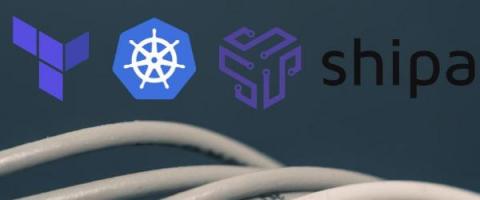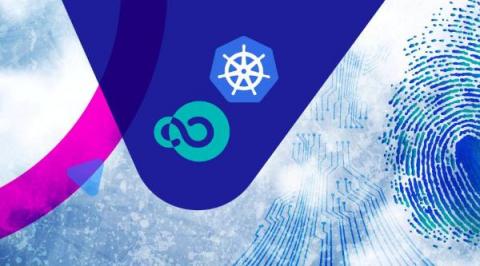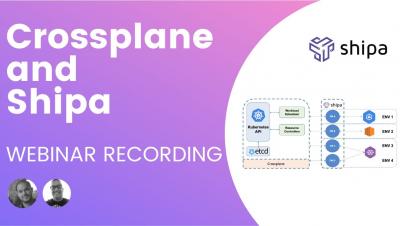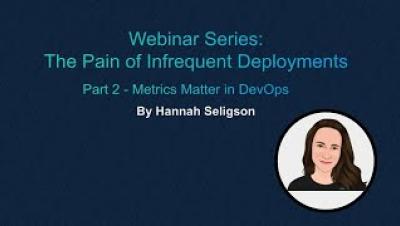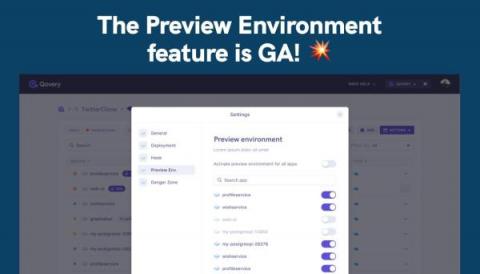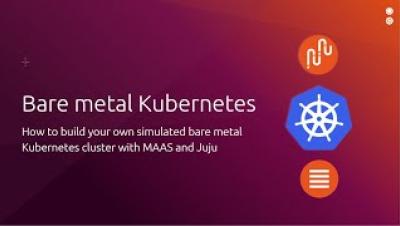Automating and Operationalizing Shipa - Shipa Autowire Framework
Shipa in your organization/team can help usher in the next generation of engineering efficiency and developer experience. Though like any platform, there requires some wiring to bind Shipa to infrastructure. In this modern example, can plug into your IaC strategy in creating Kubernetes clusters then auto-wires all of the needed Shipa pieces at cluster creation time.


